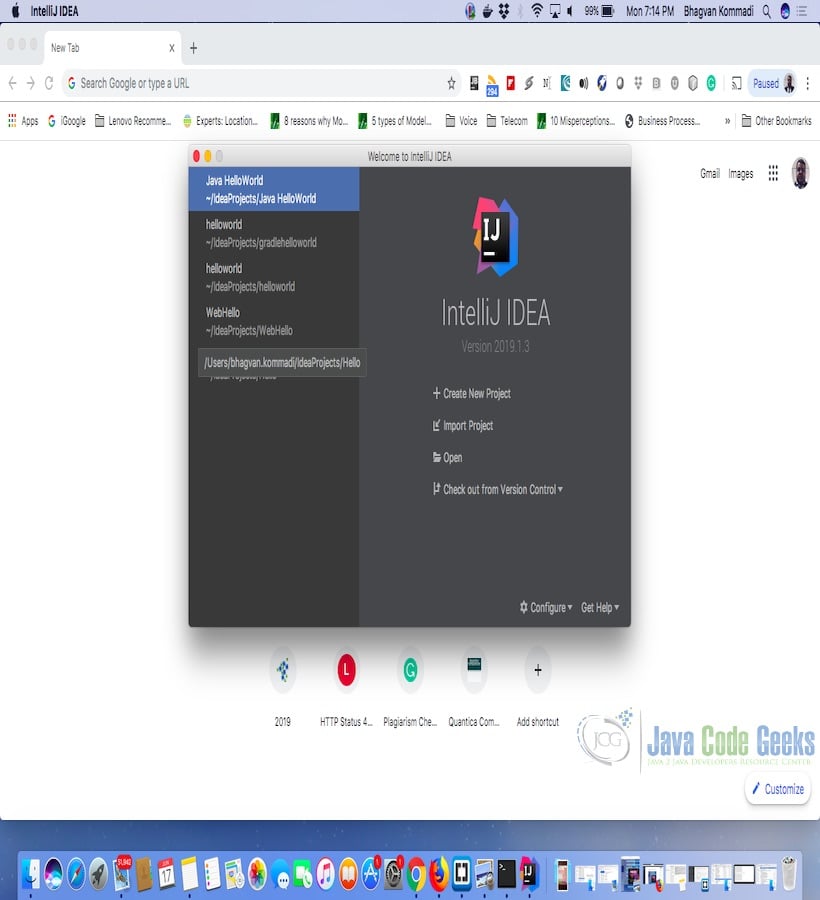


- #INTELLIJ COMPARE FOLDERS UPDATE#
- #INTELLIJ COMPARE FOLDERS CODE#
- #INTELLIJ COMPARE FOLDERS WINDOWS#
If you make a mistake, you can undo it or use Local History to get your changes back.
#INTELLIJ COMPARE FOLDERS UPDATE#
In this case, the right-hand side will update to reflect your changes. Reverting Changesįrom the diff view you can also revert changes individually by using the > arrow on the file on the left-hand side to revert the changes to your local file. Tip: You can also use ⌘D or Ctrl+ D to open up the diff view from the Commit tool window. Note that if you only select part of the file to be committed as in this example, the Default Changelist will indicate that the file will be partially committed with a line through the checkbox adjacent to the filename in the Default Changelist as you can see above.
#INTELLIJ COMPARE FOLDERS CODE#
You can select the checkboxes adjacent to each code change you have made on the right to specifically say that you only want to commit changes in that range, not the whole file. This view shows the last known version that Git has on the left and then your local copy on the right in blue, which you can edit. Committing Part of a FileĪlternatively, if you want to commit some, but not all, of that file, you can double-click the file from the Default Changelist to open the diff view. IntelliJ IDEA runs both the git add and the git commit command for you. This means that when you commit your files to Git, all the changes in the file that you selected will be added and then committed to git. IntelliJ IDEA always gives you a Default Changelist and, when you change a file, the file will show in the Default Changelist with a checkbox that isn't selected:įrom there, if you want to select the whole file to be committed, you can select the checkbox to the left of the filename: IntelliJ IDEA Changelists are not just for Git, they're for any supported VCS system, but in this blog we are going to focus on Git, so we can compare them to the new Git staging functionality. Prior to the release of 2020.3, IntelliJ IDEA Changelists were the only way to commit changes to your Git repository. Let's start with IntelliJ IDEA Changelists. You can switch between them, but not use them simultaneously.
#INTELLIJ COMPARE FOLDERS WINDOWS#
You can then access this with ⌘0 on macOS, or Alt+ 0 on Windows and Linux.įinally, before we get started with the comparison, you can't use IntelliJ IDEA Changelists and the Git staging area at the same time. You can also use ⌘⇧A (macOS), or Ctrl+ Shift+ A (Windows/Linux) for Find Actions and type in Commit. From there type in commit and select the 'Use non-model commit interface' checkbox. From IntelliJ IDEA 2020.1 you can switch to use this non-modal commit window with ⌘, on macOS, or Ctrl+ Alt+ S to display the Preferences/Settings. Git staging uses the git-native notion of a staging area (also known as 'index').īoth IntelliJ IDEA Changelists and Git staging are accessible from the Commit tool window. All changes in that range will form part of the commit. IntelliJ IDEA Changelists work on the notion of a range in your content. How they achieve that is slightly different, but the end result is the same. There is no right or wrong answer, it's a case of choosing the method that works best for you, or that you're most familiar with.īefore we get started, it's important to know that both IntelliJ IDEA Changelists and Git staging allow you to commit part of a file, a whole file or multiple files to Git. This blog will take you through both approaches and highlight the differences. The first one is through existing functionality with IntelliJ IDEA changelists, the second is through support for Git staging. Since the release of IntelliJ IDEA 2020.3, there are now two ways to manage your commits to Git. IntelliJ IDEA Changelists and Git Staging April 16, 2021


 0 kommentar(er)
0 kommentar(er)
